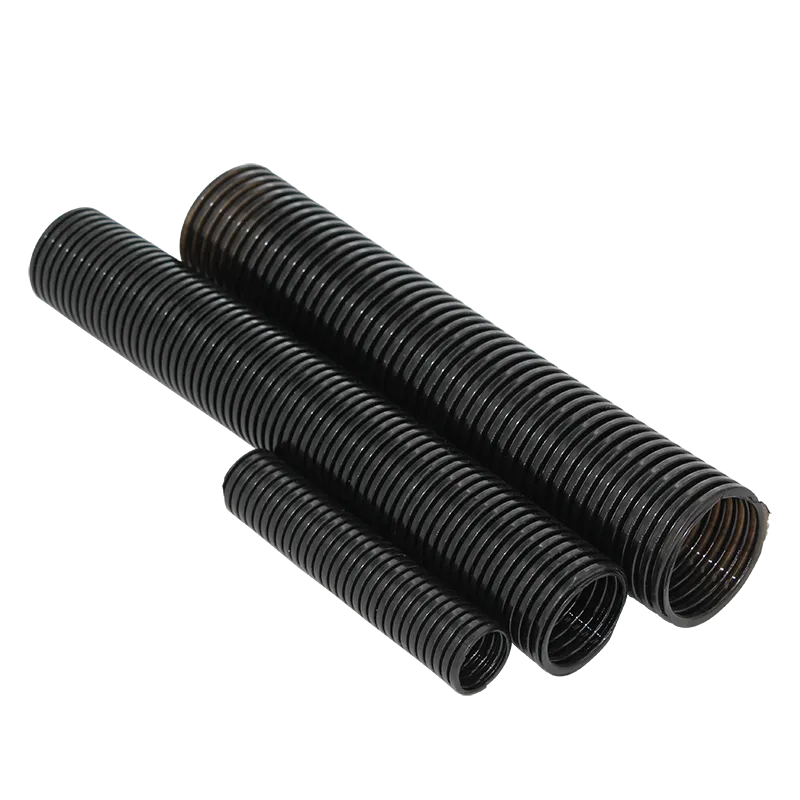cable carrier system
Understanding Cable Carrier Systems A Foundation for Modern Infrastructure
In today's increasingly mechanized world, the need for efficient and reliable cable management systems has never been more pronounced. One such integral system is the cable carrier system, often referred to as cable drag chains or cable carriers. This system is crucial in various industries, especially those involving machinery, robotics, and transportation. It not only enhances the safety of how electrical and data cables are managed but also promotes efficient operation within industrial environments.
What is a Cable Carrier System?
A cable carrier system is a device designed to protect and guide cables, hoses, or other flexible components that are subject to continuous movement
. Typically composed of interconnected segments, these chains articulate around bends and curves, allowing for smooth transitions while minimizing cable wear and potential damage. This function is essential in applications where the cables are in motion, such as in automated machines, CNC machinery, or robotic assemblies.Cable carriers are designed in various configurations to accommodate different types of cables and operational requirements. They can be used in vertical, horizontal, or even inclined orientations, making them versatile for different environments. The materials used in cable carriers range from high-impact plastics to metals, depending on the strength, durability, and environment in which they will operate.
Benefits of Cable Carrier Systems
1. Protection of Cables One of the primary functions of cable carriers is to safeguard cables from mechanical damage. The constant abrasion, crushing, and bending that cables endure during operation can lead to premature failure. A well-designed cable carrier effectively shields cables from these undesirable influences.
2. Enhanced Mobility and Flexibility Cable carriers allow for gradual movement of cables, reducing stress points that often lead to breakage. This capability is particularly beneficial in dynamic environments, allowing for smooth transitions during operations that involve repetitive motion.
cable carrier system

3. Improved Organization By managing cables systematically, cable carriers contribute to better workplace organization. This organization not only enhances safety by reducing tripping hazards but also simplifies maintenance and troubleshooting processes, as cables can be easily traced and accessed.
4. Reduced Downtime The proactive management of cables through a carrier system reduces the probability of cable failure, minimizing equipment downtime. Fewer interruptions in operations translate to higher productivity and greater efficiency in manufacturing processes.
5. Adaptability to Various Applications Cable carriers can be tailored to specific applications. Whether in industrial robots, conveyor systems, or computer numerical control (CNC) machines, their customizable design allows them to meet a variety of operational needs, including different bending radii and sizes.
Applications of Cable Carrier Systems
Cable carrier systems find extensive use across various sectors. In manufacturing, they are indispensable in assembly lines where automated machinery must seamlessly continue moving while safely managing cables. In the aerospace and automotive industries, their role is equally crucial, allowing complex systems to function smoothly without cable interference.
Additionally, in the field of renewable energy, cable carriers are adapted for wind turbines and solar panel installations, protecting cables from environmental factors while maintaining efficient energy flows. In robotics, they play a vital role in ensuring that power and data cables remain organized and functional, allowing for precise and reliable operations.
Conclusion
In conclusion, cable carrier systems are essential components of modern infrastructure that significantly contribute to the efficiency and safety of various industries. Their ability to organize, protect, and facilitate the movement of cables makes them invaluable in preventing equipment failure and ensuring uninterrupted operations. As technology continues to advance, the role and design of cable carrier systems will likely evolve, further enhancing their importance in contemporary and future applications. The integration of such systems not only reflects a commitment to safety and efficiency but also underscores the importance of innovation in the realm of industrial technology.








